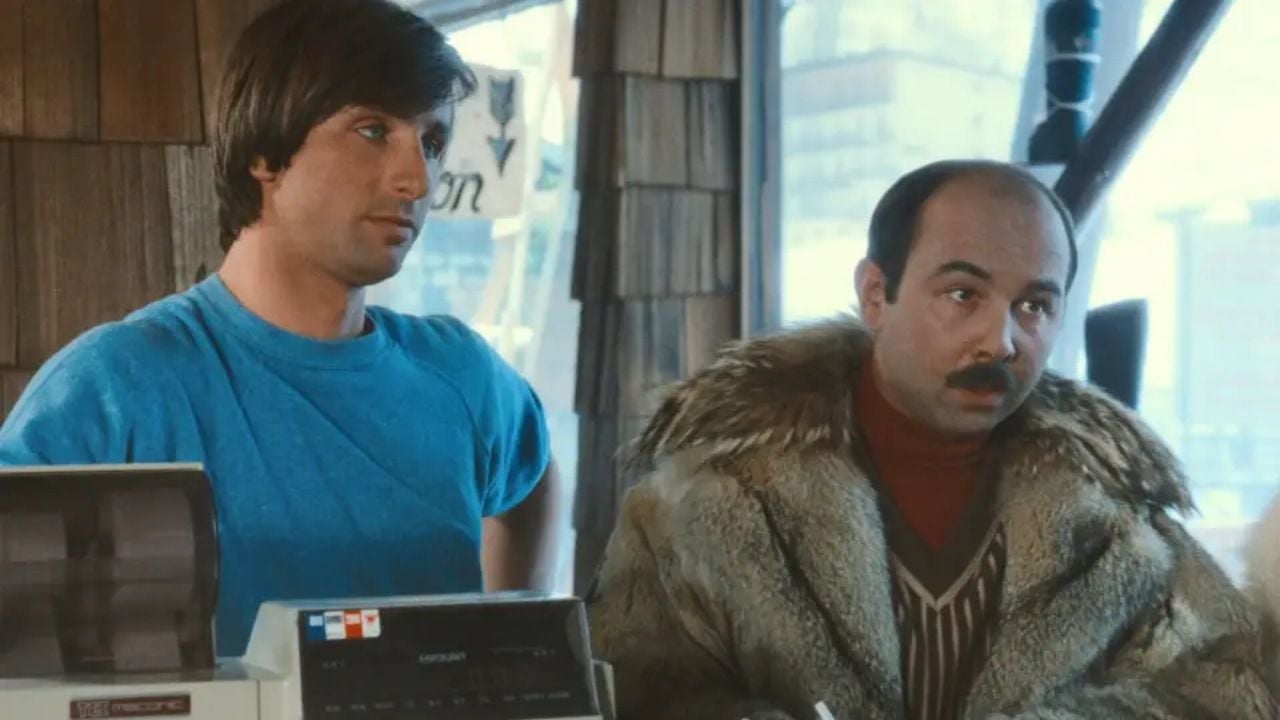The real doctor who inspired Almudena Grandes, and now comes to Netflix, was not called precisely García but Bethune. His role in the Spanish Civil War changed medicine forever.
‘Doctor García’s patients’ has already arrived on Netflix, a RTVE series starring Javier Rey in the shoes of Doctor Guillermo García Medina. We are talking, of course, about the adaptation of the homonymous novel by Almudena Grandes. Published in 2017, it is one of the last projects of his Episodes of an Endless War, prior to Frankenstein’s mother in 2020 and Mariano in Bidasoa, which he left unfinished after his death in 2021.
The story comes directly to Madrid after the war. The doctor played by Javier Rey lives in Madrid under a false identity. Thanks to falsified documentation provided by his best friend, Manuel Arroyo Benítez (Tamar Novas), a Republican diplomat whose life he saved in 1937, he escaped the firing squad. The two do not meet until 1946, when Manuel returns to see her from exile with a clandestine mission. His goal is to infiltrate an escape organization for Nazi war criminals led by a German and Spanish, Nazi and Falangist woman named Clara Stauffer.
And we do not want to tell you more because, if you had not read the novel, it is only fair that you discover this story by watching the Netflix series. However, even having read Almudena Grandes, and after watching the series, you may not have discovered the real origin of the protagonist. And no, his name was not Garcia at all but Norman Bethune.
The true story that inspired ‘Doctor Garcia’s patients’
Norman Bethune is considered by many to be the first “doctor without borders.” He came to Spain from Canada to help in the Civil War against the fascist rebels. He had joined the Communist Party after visiting the Soviet Union in 1935 for a medical conference. It was a decision that marked his life, since in Canada he was marked as a Communist and he dedicated his life to continue helping in the workers’ revolution. After Spain, in fact, he went to help the Red Army in China. There he died after an infected wound during an operation and today he is considered a national hero.

But the reason for the importance of this doctor does not lie in his political ideals or in his commitment to help the workers’ struggle. It was in Spain where he had an idea that would save many lives and earned him the nickname “Doctor Sangre” among the republican troops.
In Madrid, in the midst of the resistance against the fascists, Bethune created the Canadian Hispanic Institute for Blood Transfusion (after the French, Canada was the second nationality with the most militiamen in aid of the Republic), one of the first services of this type. in the Spanish war, although there was already one in Barcelona that also saved hundreds of lives. However, Bethune’s great merit was to go a step further, he created the first mobile blood transfusion unit.
Bethune noticed that most of the soldiers did not die on the battlefield, but in the transfer to the hospital, where they would receive the transfusion. With the idea in mind, he traveled to London to gather the necessary materials and create this mobile unit that revolutionized medical assistance in war conflicts, and emergency medical care in general. And it is the story of this hero of medicine in the midst of the Civil War that inspired the character that Almudena Grandes, and now Netflix, brought to post-war Madrid in ‘Doctor García’s patients’.
Source: Fotogramas
Rose James is a Gossipify movie and series reviewer known for her in-depth analysis and unique perspective on the latest releases. With a background in film studies, she provides engaging and informative reviews, and keeps readers up to date with industry trends and emerging talents.





![More beautiful life in advance: What awaits you on Tuesday, May 6, in an episode of 326, 2025 [SPOILERS] More beautiful life in advance: What awaits you on Tuesday, May 6, in an episode of 326, 2025 [SPOILERS]](https://fr.web.img4.acsta.net/img/98/3a/983a13836cd9e1971903b38f00028893.jpg)
